While it has made progress in some areas, Malaysia’s daily waste generation rate is way above the global average.

Are the Olympic Games still relevant?
As the world descends on Paris for the biggest show in sport, the question must be asked if the Olympic Games still hold the same








